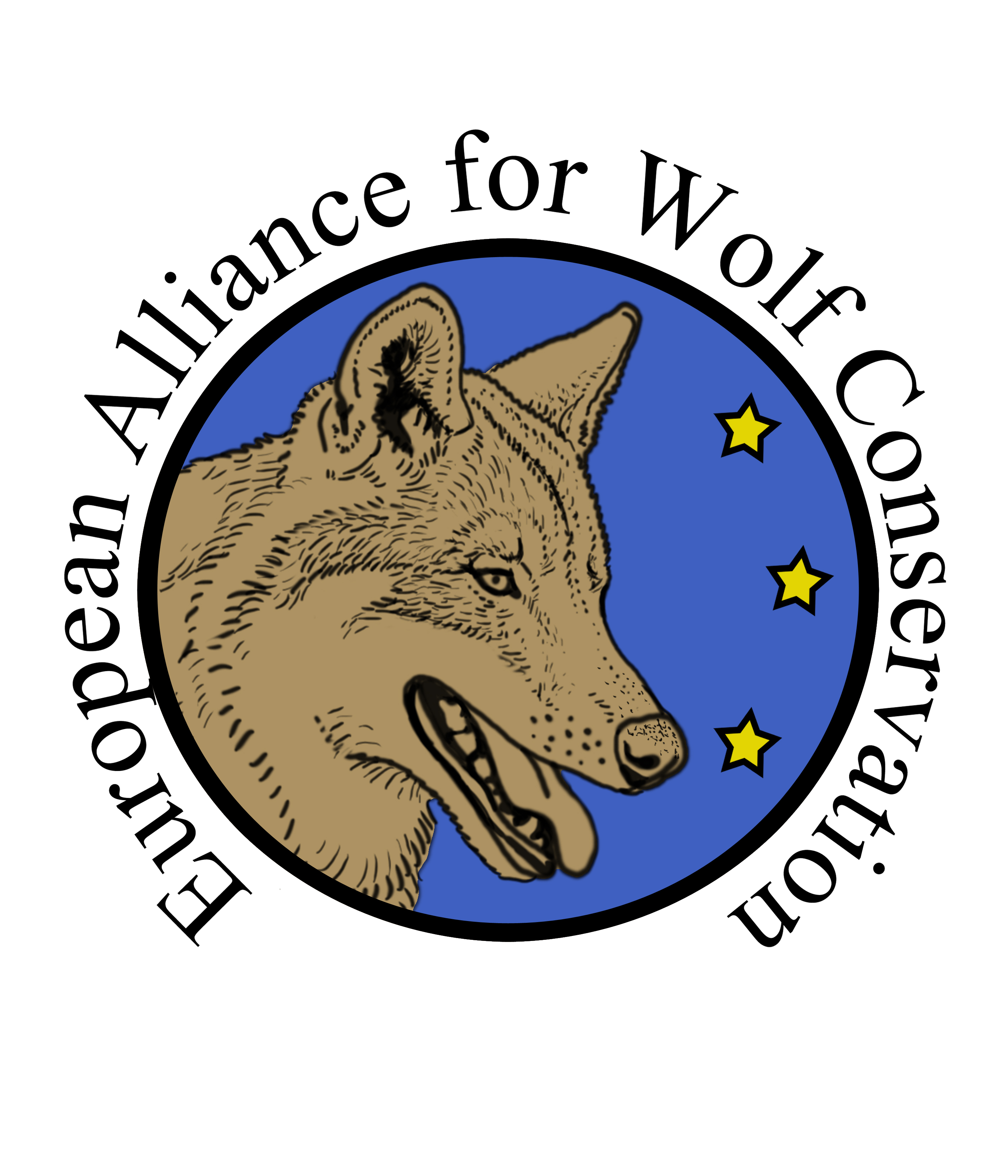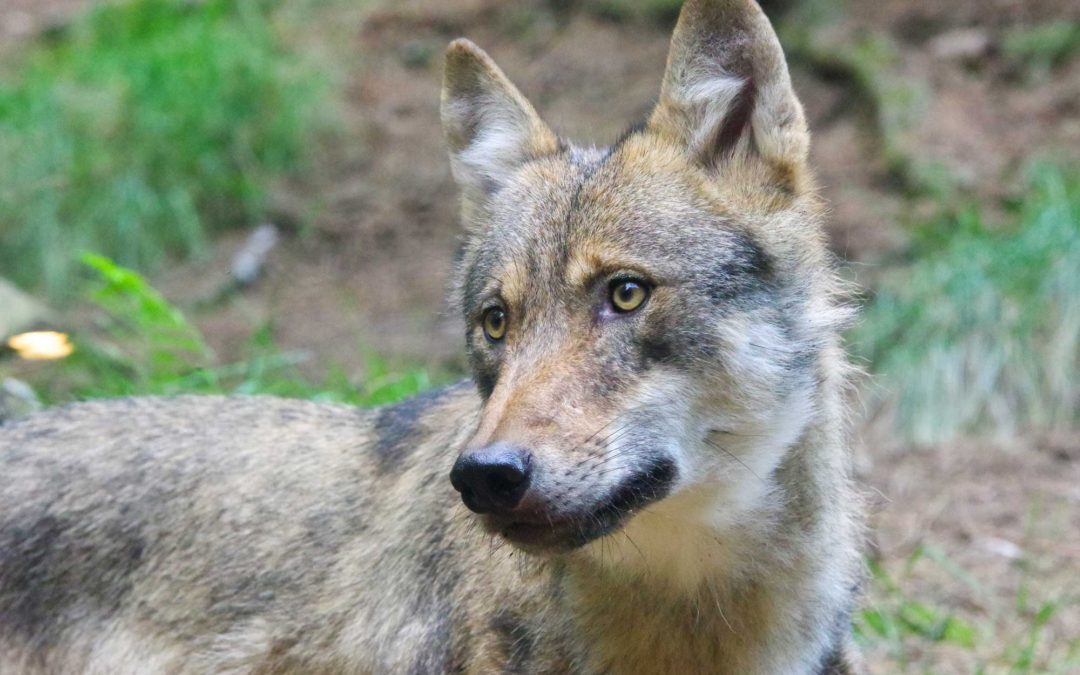Below we publish the letter sent by EAWC to the European Community and the press organs.
Brussels, September 11th, 2023
Respectfully,
the European Alliance for Wolf Conservation (EAWC), representing the undersigned Organizations and advocating on behalf of civil society a more effective conservation of the the wolf (Canis lupus) in Europe, would like to express its disappointment and deep concern over the recent call by the President of the European Commission Ursula von der Leyen where she urged local authorities in different Member States to make full use of existing derogations under the Habitats Directive and invited to submit data in order to re-examine the conservation status of the wolf in the EU Member States.
Today, wolf populations in some parts of Europe are still expanding by returning to areas where the wolf had been persecuted and exterminated during the last century, while in other parts of Europe the wolf populations are kept at unacceptably low levels in order to hinder their natural expansion. A growing ecological awareness and current protection regulations, both on national and European scale, have undoubtedly favored its return. However, the return of the wolf to Europe’s forests and landscapes is far from complete. According to the Large Carnivore Initiative for Europe, the current positive trend can easily be reversed, as major conservation issues have not been solved and many of them have not even been approached yet (1). It is therefore regretful that the President of the EU Commission has signaled – contrary to the recommendations from the scientific community – that the conservation status of the wolf is secured and culling can be used more freely to solve potential conflicts.
There is no doubt that the recovery of the wolf is affected by numerous challenges. The initiatives set in place by many Member State governments to prevent damage to the livestock sector and promote coexistence are not nearly enough, especially in countries where the wolf populations have been absent for decades. Moreover, the population monitoring systems in different countries are not unified or lag behind, giving a false picture of the actual conservation status of the wolf. In addition, many countries still lack wolf conservation and management plans that, for political reasons , have not been approved or put into practice. Poaching is another serious threat that affects the recovery of the wolf.
It is also necessary to highlight that in some countries such as Sweden and Finland, the generous use of derogations under Article 16 of the Habitats Directive have been justified by socio-economic interests, while derogations are in fact used for recreational hunting purposes. Other EU Member States have been making use of derogations in order to limit damages to livestock. However, the effects of these derogations are mixed, and often the damage has increased instead. The practice of resorting to derogations gives rise to serious concerns. Instead of calling upon local authorities to make more use of derogations based on subjective “experience”, the use of exceptions to the strict protection of the wolf should be restricted to situations where scientific research results clearly support the conclusion that cullign is the only effective solution in a given situation. This restricted practice would also contribute to more acceptance of the wolf in rural areas and promote coexistence, as culling can never be a permanent solution as long as the wolf is part of European ecosystems and landscapes.
EAWC is appealing for the wolf’s protection status to remain as it is today, while at the same time we are calling for a decisive change of pace in the work of promoting and advocating coexistence with large predators. By promoting different actions, such as Europe-wide monitoring protocols – since these animals do not know borders – increasing the use of non-lethal preventive measures, ensuring that they are implemented correctly and adapted to the specific context, and advocating acceptance and tolerance towards the wolf through education and information, it is possible to ensure the the long-term viability of this key species. This, in turn, is essential to increase the resilience of ecosystems to climate change and nature crises.
To summarize,, we would like to mention the recent approval of the “Nature Restoration Law,” which commits European Member States to restore 20 percent of land and marine areas by 2030, to halt biodiversity loss and counter climate crisis. In the light of these commitments, it would be counterproductive to support a downscaling of the protection level of the wolf. Instead, the focus should be on working together for non-lethal solutions in order to achieve successful coexistence with the wolf, as a key species of our European ecosystems.
1- Boitani, L., Kaczensky, P., Alvares, F., Andrén, H., Balys, V., Blanco, J. C., … & Patkó, L. (2022, November). Assessment of the conservation status of the Wolf (Canis lupus) in Europe. In Prepared for the Berne Convention on the Conservation of European Wildlife and Natural Habitats and the Council of Europe. Available at: https://rm.coe.int/inf45e-2022-wolf-assessment-bern-convention-2791-5979-4182-1-2/1680a7fa47

